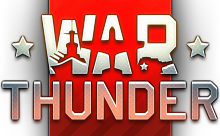battleship Scharnhorst-class Battleship
Scharnhorst-class Battleship
105 members have voted
-
1. Would you like some battleships of the Scharnhorst class to be added to the game?
-
Yes101
-
No4
-
-
2. Which Scharnhorst class ship would you like to be added?
-
Scharnhorst12
-
Gneisenau3
-
Both86
-
I said no4
-
-
3. Which BR would be ideal for him?
-
6.016
-
6.315
-
6.735
-
7.015
-
7.321
-
I said no3
-

This topic is now closed to further replies.
Share
Followers
0
-
Recently Browsing 0 members
No registered users viewing this page.

